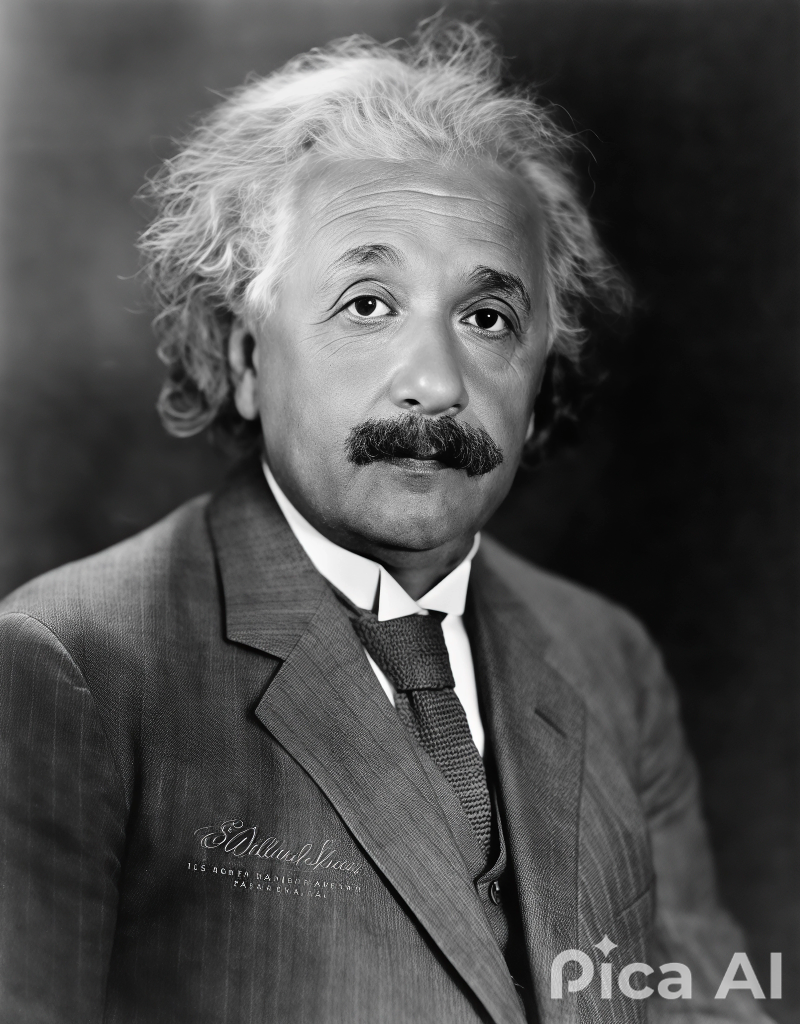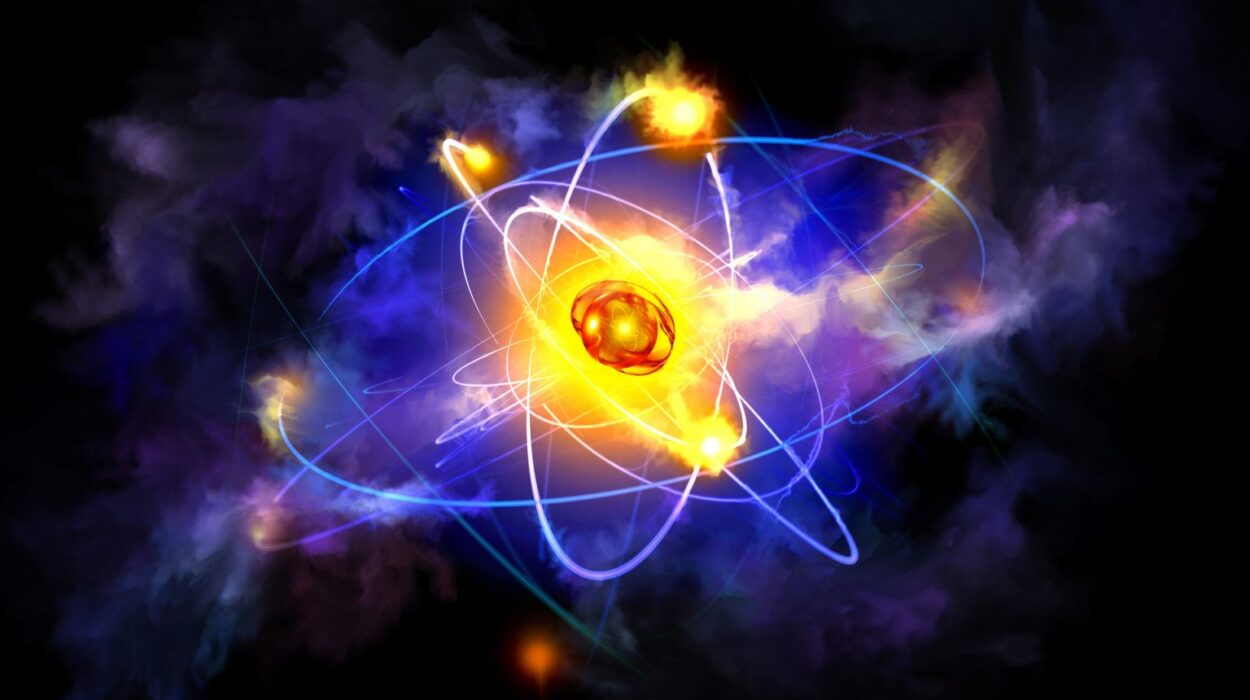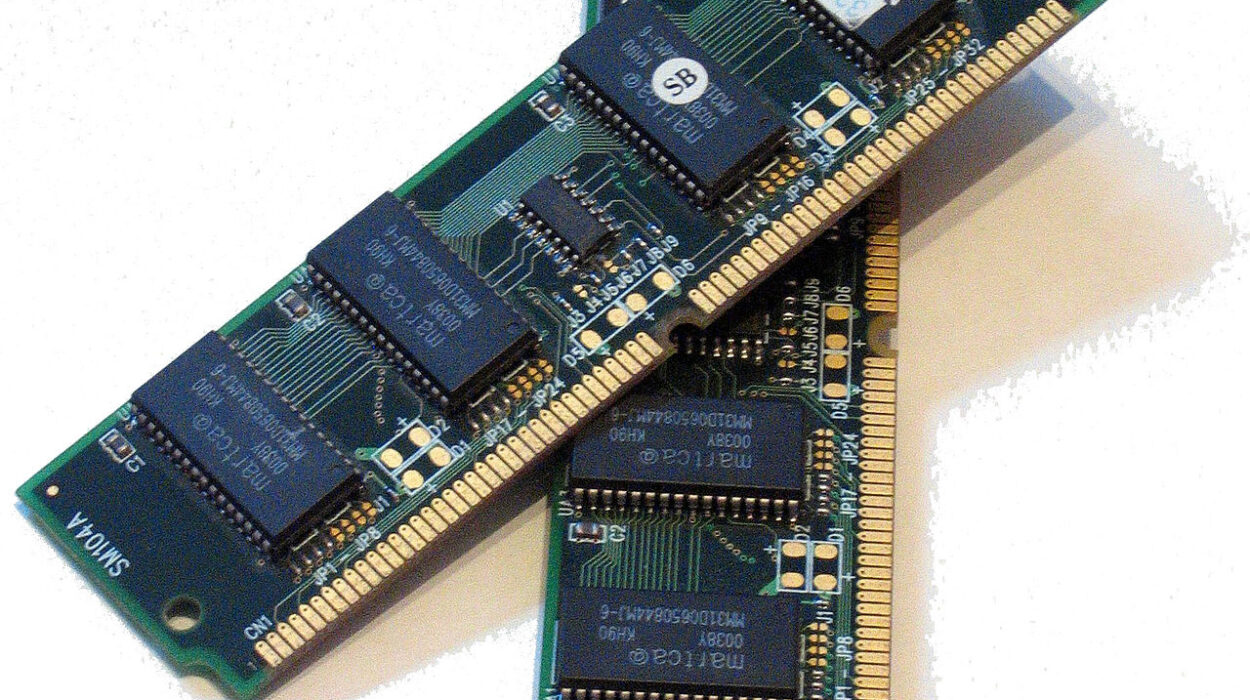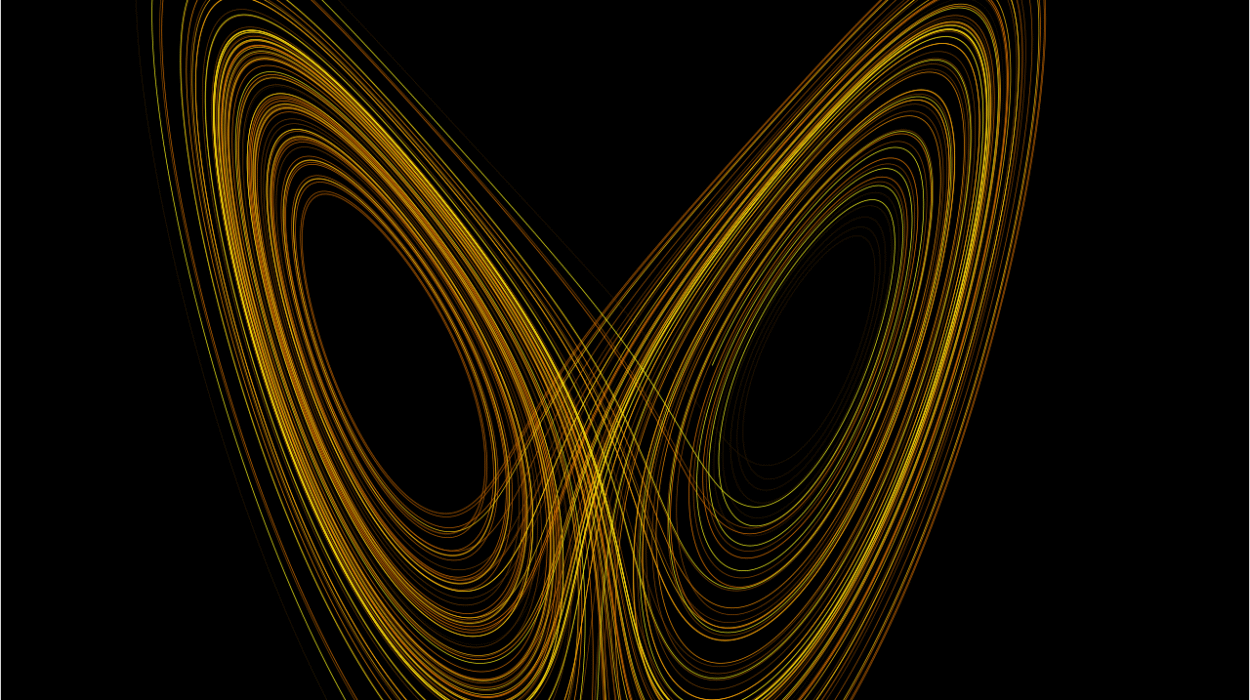Albert Einstein is often remembered not just as one of the greatest scientists of all time, but also as a symbol of human curiosity and imagination. His wild hair and thoughtful gaze have become icons of genius itself. Yet behind the image lies a man whose ideas reshaped how we see the universe. His discoveries changed physics forever, transforming our understanding of space, time, energy, and matter.
Einstein was not a typical academic genius. He began as a patent clerk in Switzerland, scribbling groundbreaking ideas during his spare hours. But those ideas—bold, unconventional, and daring—would shake the foundations of physics. From the theory of relativity to the photoelectric effect, his discoveries shaped modern science, technology, and even philosophy.
In this article, we will explore the ten best discoveries of Albert Einstein, tracing not only the science behind them but also the human story of wonder, perseverance, and imagination that made them possible.
1. The Theory of Special Relativity (1905)
In 1905, while working at the Swiss Patent Office, Einstein published four papers that would revolutionize physics. Among them was the Special Theory of Relativity, perhaps his most famous discovery.
Before Einstein, scientists believed that time and space were absolute. Clocks ticked the same for everyone, and space was a fixed stage upon which the universe unfolded. But Einstein shattered this view. He proposed that time and space are not absolute but relative, depending on the observer’s motion.
Special relativity showed that the laws of physics are the same for all observers moving at constant speeds, and that the speed of light is constant for everyone, no matter how fast they are moving. This led to mind-bending consequences:
- Time slows down for objects moving close to the speed of light (time dilation).
- Moving objects shrink in the direction of motion (length contraction).
- Simultaneity—whether two events happen at the same time—depends on the observer.
Einstein’s special relativity wasn’t just theory—it has been confirmed countless times by experiments. Today, technologies like GPS navigation rely on relativity to remain accurate. Without Einstein’s discovery, your phone’s map would lead you far off course.
2. E = mc²: Mass-Energy Equivalence
Perhaps no equation is more famous than E = mc². Published as part of special relativity, it revealed that mass and energy are interchangeable. Mass is simply concentrated energy, and even tiny amounts of matter contain immense energy.
This equation showed why nuclear reactions release so much energy: a small amount of mass is converted into enormous energy. It explained the power of stars, where hydrogen nuclei fuse into helium, releasing energy that lights the universe.
Einstein never intended his equation to be used for destructive purposes, yet it laid the foundation for nuclear power—and the atomic bomb. But it also led to peaceful applications: nuclear reactors, medical imaging technologies, and our fundamental understanding of how stars shine.
E = mc² is not just an equation—it is a cosmic truth that connects the smallest particles to the largest stars, reminding us of the deep unity of the universe.
3. The Photoelectric Effect (1905)
Another of Einstein’s groundbreaking 1905 papers explained the photoelectric effect—a discovery that won him the Nobel Prize in Physics in 1921.
Scientists had observed that when light shines on certain metals, it can eject electrons. Classical physics could not explain this. According to wave theory, brighter light should always knock out more electrons, regardless of frequency. But experiments showed the opposite: light needed a minimum frequency to release electrons, no matter how intense it was.
Einstein solved the puzzle by proposing that light is made of discrete packets of energy called photons. Each photon has energy proportional to its frequency. Only photons above a certain threshold could knock electrons free.
This discovery was revolutionary. It revealed the quantum nature of light, showing that light behaves both as a wave and a particle. The photoelectric effect became a cornerstone of quantum mechanics.
Its applications today are vast—solar panels, digital cameras, night-vision devices, and much of modern electronics rely on the principles Einstein uncovered.
4. The Theory of General Relativity (1915)
If special relativity shook the foundations of physics, Einstein’s General Theory of Relativity redefined the universe itself. Published in 1915, it extended relativity to include gravity.
Newton had described gravity as a force between masses. But Einstein went deeper. He showed that gravity is not a force at all—it is the curvature of space and time. Massive objects like stars and planets bend the fabric of spacetime, and objects (including light) follow curved paths within it.
Einstein’s theory predicted astonishing effects:
- Light bends around massive objects, creating gravitational lensing.
- Time runs slower near strong gravitational fields (gravitational time dilation).
- The universe could expand or contract, not remain static.
In 1919, during a solar eclipse, astronomers observed starlight bending around the Sun, confirming Einstein’s predictions and making him an international celebrity.
General relativity remains one of the most successful theories in science. It explains black holes, gravitational waves, and the expansion of the universe. Every time we use GPS satellites, we rely on corrections from Einstein’s general relativity.
5. Brownian Motion (1905)
In yet another 1905 paper, Einstein explained the puzzling dance of microscopic particles in liquid, known as Brownian motion. For decades, scientists had observed tiny grains of pollen jittering randomly in water, but no one could explain why.
Einstein showed that this motion was caused by invisible collisions with molecules of water, providing strong evidence that atoms and molecules actually exist. At the time, many scientists still debated whether atoms were real or just theoretical constructs. Einstein’s work settled the question.
His explanation of Brownian motion gave physics and chemistry a solid foundation in atomic theory. It also demonstrated his extraordinary ability to connect abstract mathematics with observable reality.
6. Bose-Einstein Condensate (1924–1925)
In collaboration with Indian physicist Satyendra Nath Bose, Einstein predicted a new state of matter: the Bose-Einstein condensate.
When certain particles, called bosons, are cooled to temperatures near absolute zero, they collapse into a single quantum state, behaving as one “super-atom.” This exotic state of matter was purely theoretical until 1995, when scientists finally created it in the lab—70 years after Einstein’s prediction.
Bose-Einstein condensates have since become a powerful tool for studying quantum mechanics on a macroscopic scale. They are used to test theories of superfluidity, superconductivity, and even to simulate conditions of the early universe.
This discovery highlights Einstein’s visionary insight into the quantum world, even though he was famously skeptical of quantum mechanics.
7. Stimulated Emission and the Foundation of Lasers
Einstein’s work also laid the foundation for one of the most transformative technologies of the 20th century: the laser.
In 1917, he introduced the concept of stimulated emission, in which an atom excited by energy could be forced to release a photon identical to one striking it. This idea was purely theoretical at the time, but decades later, it became the principle behind lasers (Light Amplification by Stimulated Emission of Radiation).
Lasers are everywhere today—used in surgery, communication, manufacturing, entertainment, and even in everyday items like barcode scanners and CD players. The technology has reshaped industries and opened new frontiers in science and medicine.
Without Einstein’s theoretical insight, the laser might never have been possible.
8. The Cosmological Constant and Expanding Universe
In 1917, applying general relativity to the universe as a whole, Einstein introduced the cosmological constant—a mathematical term that kept the universe static. At the time, most scientists believed the cosmos was eternal and unchanging.
Later, when Edwin Hubble discovered that the universe is expanding, Einstein abandoned the constant, calling it his “biggest blunder.” Yet, decades later, the cosmological constant returned in a surprising way: as an explanation for dark energy, the mysterious force driving the universe’s accelerated expansion.
Einstein’s “blunder” may in fact have been a glimpse into one of the greatest mysteries of modern cosmology. His constant remains central to our understanding of the universe today.
9. Einstein’s Contributions to Quantum Theory
Though Einstein was skeptical of quantum mechanics—famously declaring, “God does not play dice”—he contributed enormously to its foundations. Beyond the photoelectric effect, his insights into quantum theory shaped the field in profound ways.
He introduced the concept of wave-particle duality of light, laying groundwork for quantum physics. He also developed ideas about quantum entanglement, highlighting paradoxes that continue to challenge physicists today.
Ironically, Einstein’s critiques of quantum mechanics inspired generations of scientists to refine and test the theory, leading to some of its greatest successes. His debates with Niels Bohr about the nature of reality remain legendary in the history of science.
10. Unified Field Theory Attempts
In his later years, Einstein sought a unified field theory—a single framework that would merge electromagnetism, gravity, and perhaps other forces of nature. Though he never succeeded, his pursuit reflected his deep belief in the unity of the cosmos.
Today, physicists continue Einstein’s quest through theories like string theory and quantum gravity. While Einstein did not solve this ultimate puzzle, his efforts inspired the ongoing search for a “theory of everything.”
His legacy is not just in the answers he found, but in the questions he left behind.
Conclusion
Albert Einstein’s discoveries reshaped science and human understanding in ways that continue to ripple through history. From relativity to quantum theory, from the bending of starlight to the invention of lasers, his insights transformed not only physics but also technology, philosophy, and culture.
Einstein once said, “The important thing is not to stop questioning. Curiosity has its own reason for existing.” His life and work embody that spirit. He questioned the very fabric of reality, and in doing so, gave humanity new ways to see the universe.
Einstein’s discoveries remind us that genius is not about having all the answers, but about daring to ask questions that others never thought to ask. His legacy continues to inspire us—not only to understand the cosmos but also to marvel at its beauty.






